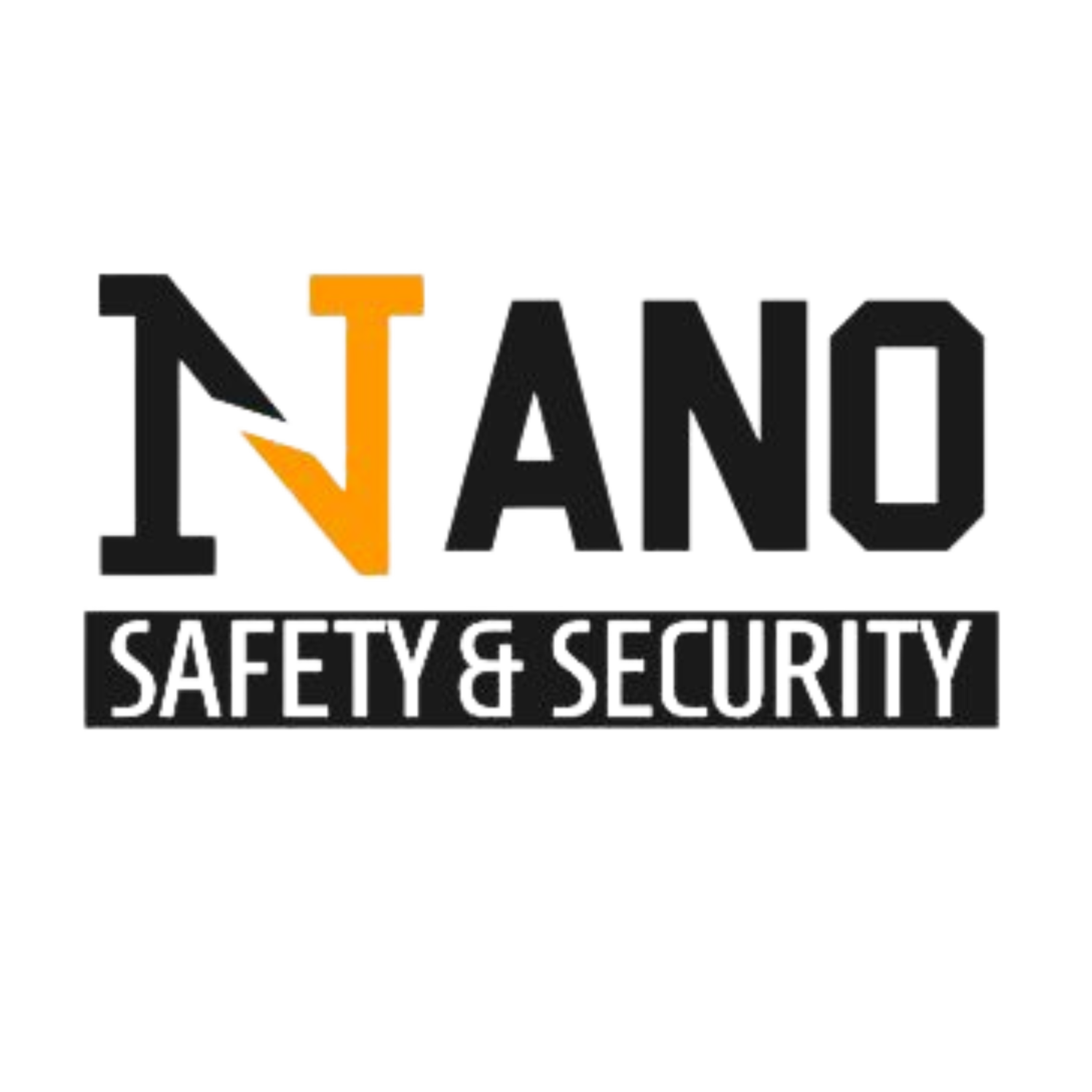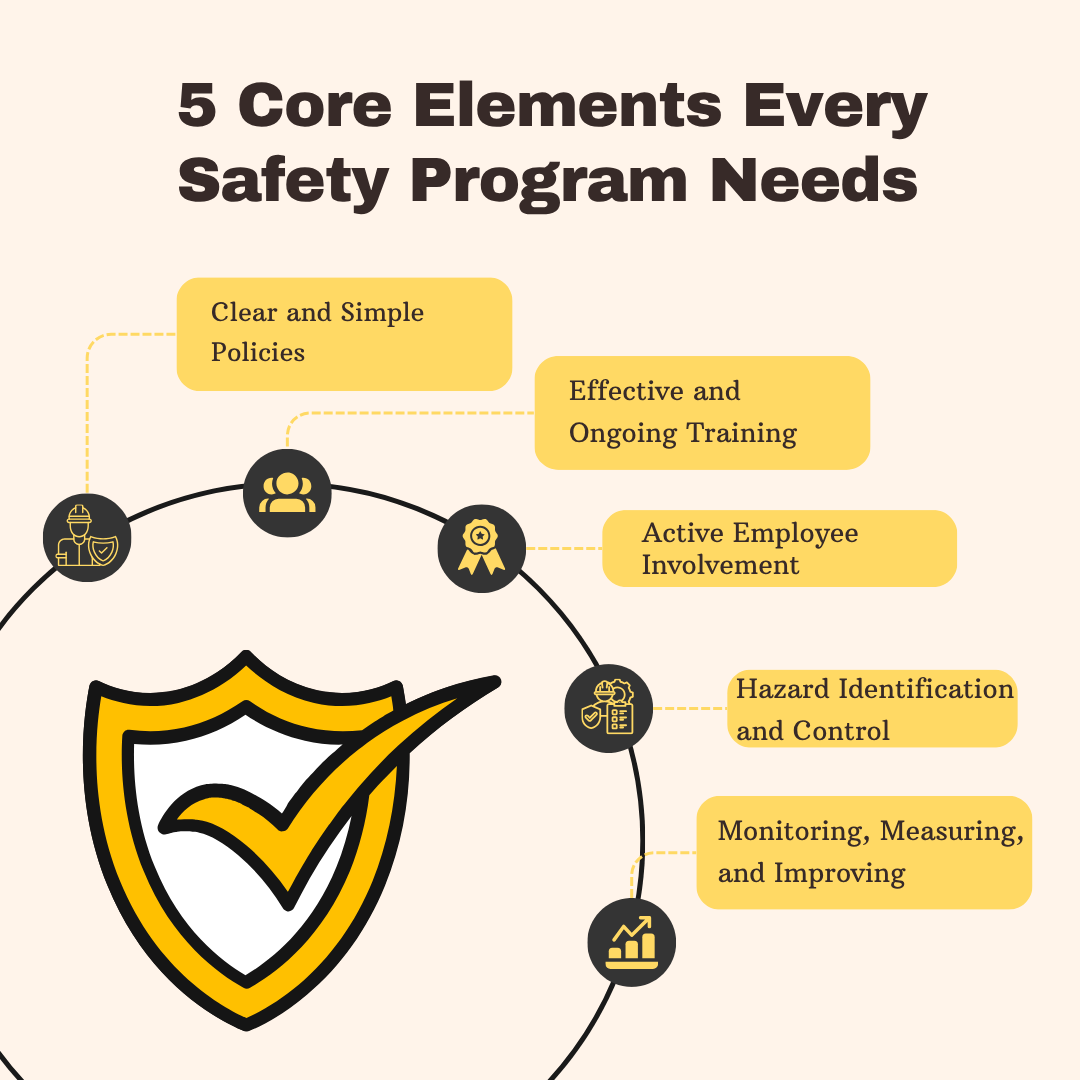5 Core Elements Every Safety Program Needs
If you're looking to build a safety program that actually protects your team and drives long-term results, it helps to start with the basics done right. There’s no magic formula but across industries, the most successful programs all have a few core elements in common.
Here are five essentials every safety program should include:
1. Clear and Simple Policies
Your safety policies set the tone for everything. They explain what’s expected, how tasks should be done safely, and what happens if procedures aren’t followed.
But here’s the key: if they’re too complicated or full of jargon, no one’s going to read or follow them.
A good policy should be:
Easy to read and understand
Relevant to your actual work environment
Updated regularly when conditions, equipment, or regulations change
Clear policies help everyone get on the same page and reduce confusion before it leads to accidents.
2. Effective and Ongoing Training
Training isn’t just something you do on a new hire’s first day. It’s an ongoing process.
The best safety programs offer:
Role-specific training based on real job tasks
Regular refreshers and updates
Hands-on practice and visual learning
Opportunities for employees to ask questions and give feedback
And it should all be tracked and documented, so nothing slips through the cracks.
3. Active Employee Involvement
Safety works best when it’s a team effort. Employees are the ones on the ground every day, and they often notice hazards or shortcuts before anyone else.
Involve them by:
Encouraging open reporting of issues or near misses
Asking for input on procedures
Including them in safety meetings and walk-throughs
Recognizing their ideas and contributions
When your team feels like they’re part of the solution, safety becomes part of the culture not just a checklist.
4. Hazard Identification and Control
An effective program doesn’t wait for accidents to happen. It focuses on spotting and fixing issues early.
That means having systems in place for:
Regular site inspections
Job hazard analyses (JHAs)
Near-miss reporting and investigation
Using the hierarchy of controls to reduce risks
Staying ahead of hazards keeps people safe and operations running smoothly.
5. Monitoring, Measuring, and Improving
Even strong programs need regular checkups. You can’t improve what you don’t measure.
Track things like:
Incident rates and root causes
Training completion rates
Common hazards or problem areas
Feedback from safety meetings and walk-arounds
Use this information to spot trends, fix gaps, and make smarter decisions. Safety isn’t a “set it and forget it” process, It’s something you keep building on.
A safety program doesn’t have to be complicated. If you focus on these five key elements; clear policies, meaningful training, employee involvement, proactive hazard control, and regular improvement, you’re setting up your team and your business for long-term success.
At Nano Safety & Security, we help companies across the U.S. build and strengthen safety programs that go beyond compliance. If you want to take your program to the next level, we’re here to help.


